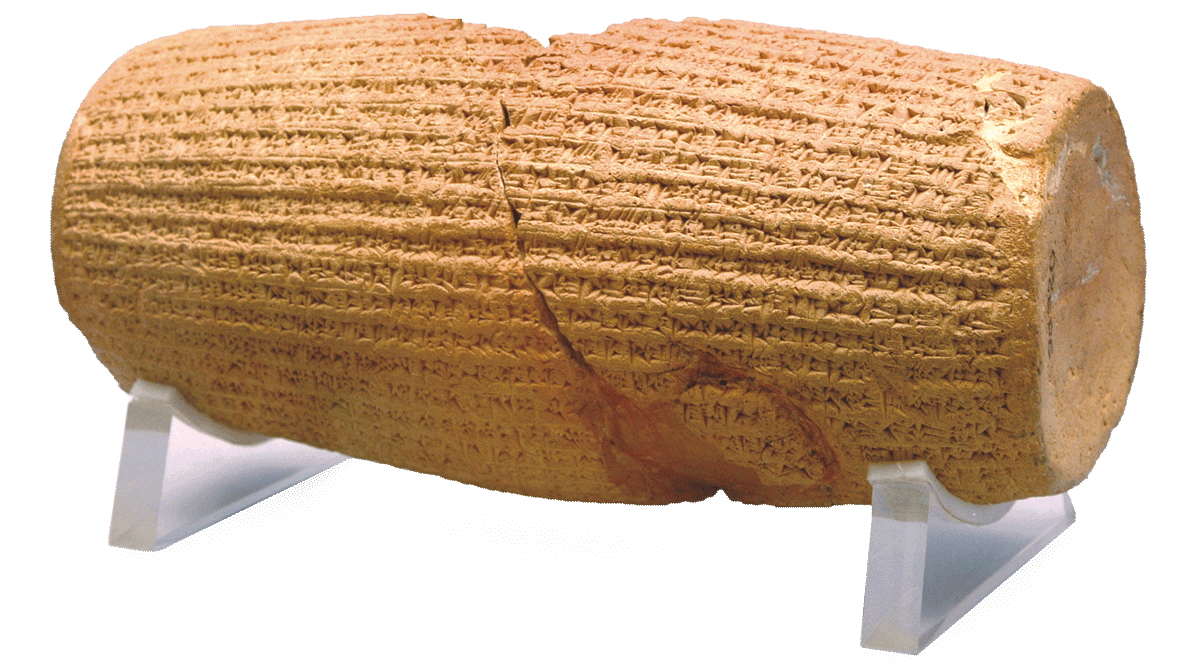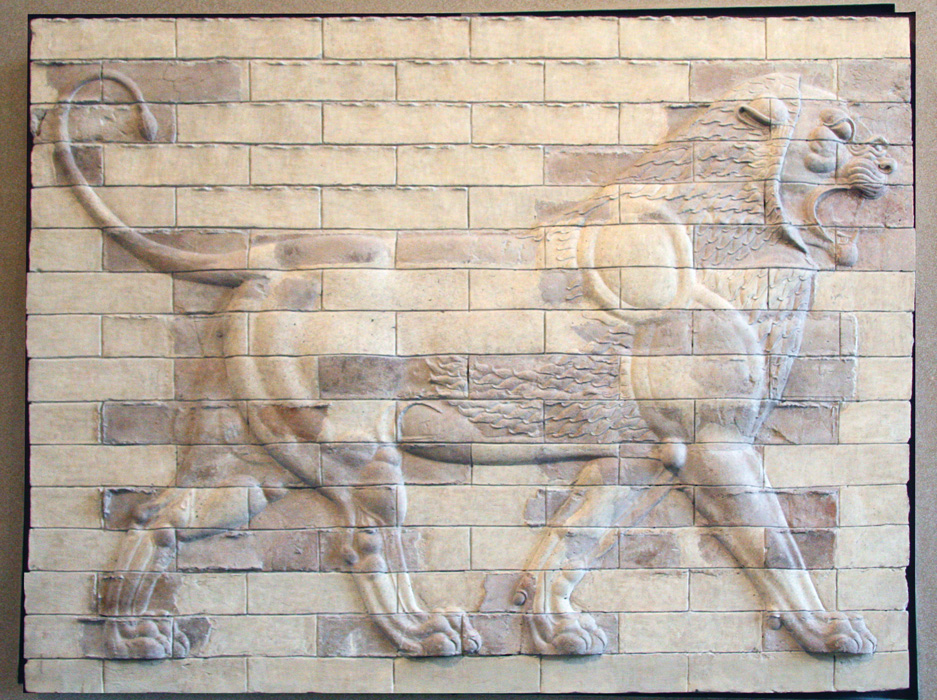Ezra
Rebuilding the Temple and the People of God
Central Teaching
Empowered by God and led by Zerubbabel and Ezra, two waves of exiled Jews return to Jerusalem, rebuild the temple, and reform the nation.
Memory Verse
Setting
The book of Ezra picks up the story in 538 BC as Cyrus, king of Persia, issues a decree allowing the exiled Israelites to return to their homeland and rebuild their temple. Ezra 1–6 tells the story of the first wave of exiles to return to Jerusalem and their struggle to rebuild the temple. These events take place in 538–515 BC. In 458 BC Ezra shows up in the story, bringing a second wave of returning exiles (Ezra 7–10). The events in Nehemiah, which are closely related to the story in Ezra, begin in 445 BC.

The Cyrus Cylinder describes how Cyrus captured Babylon and then allowed the exiles of different nationalities in Babylonia to return to their homes.
Message
The two central themes of Ezra are rebuilding the temple and reconstituting the people of God. After the destruction of Jerusalem, the return of the exiled Jews back to Jerusalem and the reconstruction of the temple are nothing short of miraculous. Indeed, the prophets proclaimed there would be a glorious future restoration of Israel to the land. Is this it?
Ezra (and Nehemiah) gives the sobering answer no. This return is not the glorious restoration promised by the prophet. The constant presence of Persian kings throughout the story of Ezra and Nehemiah is a reminder that Israel does not have a Davidic king (as the prophet prophesied). Furthermore, conspicuously missing from Ezra’s account of the temple reconstruction is the presence of God. The Lord does not come to fill the new temple with his presence as he did in the tabernacle (Exodus) and the temple (1 Kings), so the glorious restoration must still be in the future.
So what is happening in Ezra? God is setting the stage for the coming of the Messiah. For a Davidic messianic king to come from Israel, the nation must stay intact. Therefore, God preserves the nation, albeit in remnant form. In the meantime, while the people wait for the great coming restoration, those Jews who reside in the promised land are to continue worshiping God. Even though the reestablishment of Israel in the book of Ezra falls short of the restoration promised by the prophet, it is nonetheless a significant start. God has not abandoned his people, and he is moving forward to fulfill his promises.
Outline
Interesting Features
- Ezra is a priest and a teacher of the law.
- Numerous Persian kings are mentioned in Ezra.
- Although the temple is rebuilt, there is no mention of the presence of God returning to the temple.
- God can be seen working behind the scenes in the book of Ezra, but he does not do any spectacular, public miracles, as in the days of Moses or Elijah and Elisha.

One of the many lions made of glazed tile that lined the processional road leading to the Ishtar Gate in ancient Babylon
Connections
The book of Ezra teaches us that God is sovereign and in control. Often God works slowly (it seems to us) and behind the scenes, but God has his plans and moves his program along according to his timing and not ours. Our job is to trust God and to continue worshiping him.
Ezra also resonates with us today because God does not work through spectacular miracles in this book (as he did in Exodus). For example, Ezra 1:5 states that “everyone whose heart God had moved” returned to Jerusalem. God did not speak out of a burning bush or part the sea but instead spoke quietly and internally to people who were listening and willing to be obedient. God often works in our lives today in a comparable way.